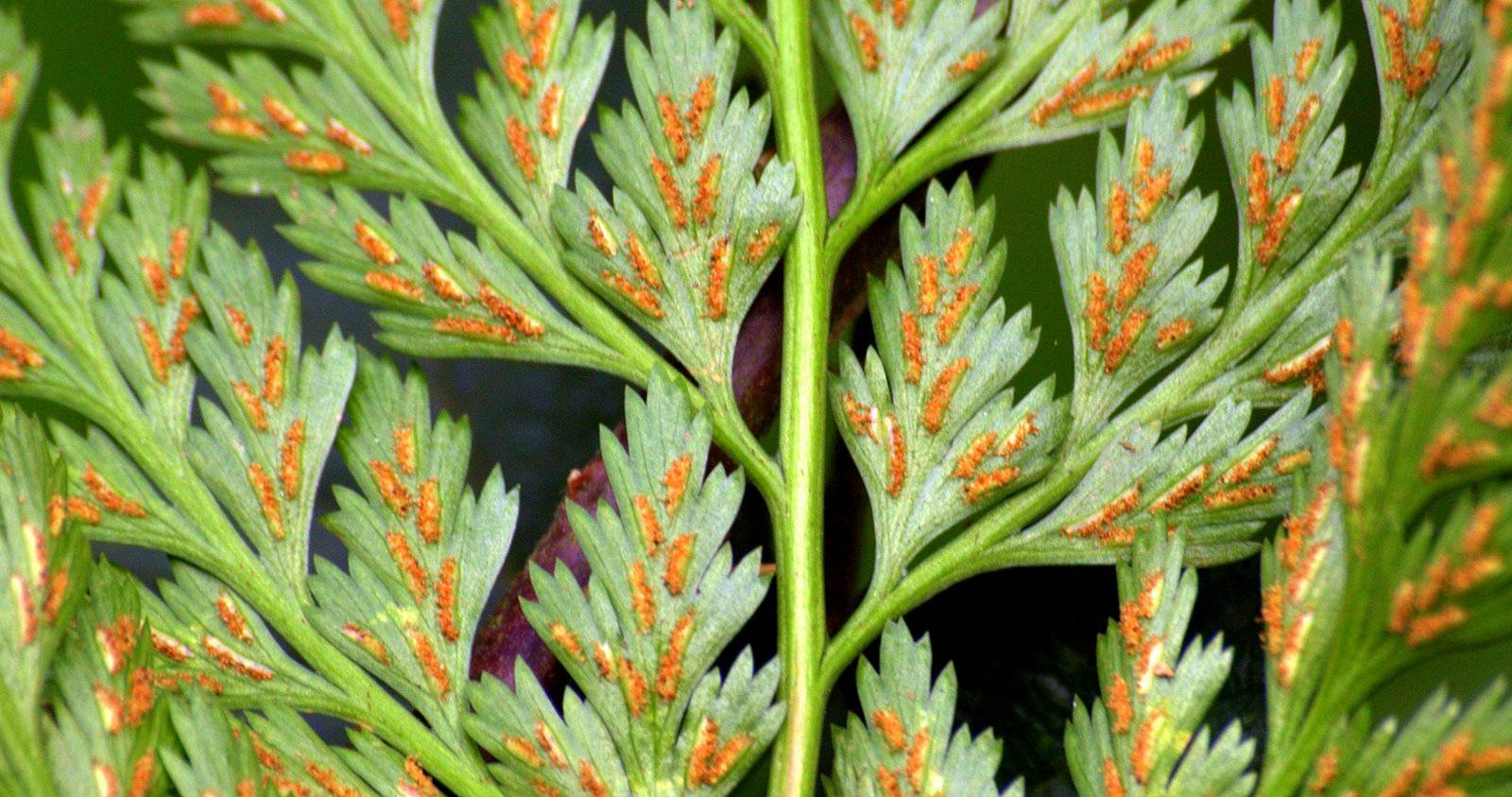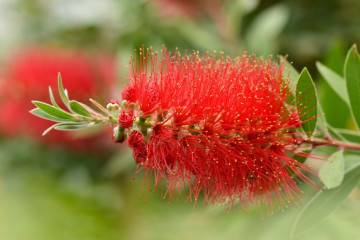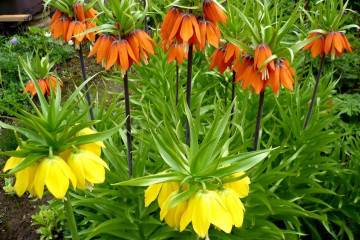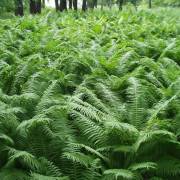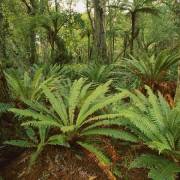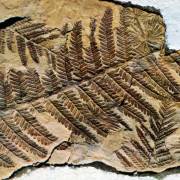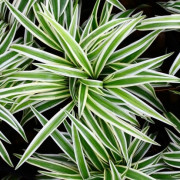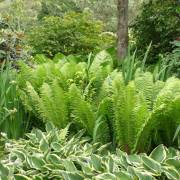Asplenium nidus: examples of the main varieties and conditions for flowering in the house
Content:
This genus includes epiphytic and terrestrial species. Asplenium nidus is often used in office or store design. The decorative appearance of the fern is combined with undemanding care.
Description of the main types
This plant belongs to the Kostentsov family. Asplenium has 700 species. The most common of them are described in more detail below.
Nidus
A large root rosette grows above the root system of the asplenium nidus. Pieces of bark, branches, fallen leaves fall into it and become an additional source of nutrients.
It has large, elongated leaves with a wavy surface. On their lower part there are spongaria, which are intended for the reproduction of asplenium nidus.
Osaka
This is a rare species. It is also called asplenium anticum. This plant has leaves that grow vertically. They have a light green glossy surface. Asplenium Osaka is also called arboreal. His deciduous surface has a wavy shape. The bush can reach a height of 1 m. At home, the Asplenium Anticum Osaka fern is rare.
Gnezdovoy
The length of the leaves reaches 45 cm. They form a large rosette growing from the root. This species is also called the nested asplenium. This is due to the fact that the large rosette is shaped like a bird's nest.
Viviparous
This species grows on the ground. The dissected leaflets grow up to 45-60 cm. On their surface, buds are formed, with the help of which the viviparous Asplenium reproduces.
Kostenets black
In the wild, it grows on rocks or in the masonry of old buildings. Its height is 20 cm. It is one of the dwarf species.
Onion-bearing
It has feathery leaves that are light green in color and triangular in shape. The length of the leaf plates can reach 60 cm. This type of fern grows in New Zealand.
Asplenium: home care
When growing a flower, it is necessary to take into account the characteristics of the fern. The following are rules to help a novice florist.
Humidity
The flower feels comfortable at high humidity. To provide it, a container with water is placed next to the pot.
Watering
When caring for asplenium, a situation should not be allowed when the top layer of the earth dries up. It is necessary to water it so that the soil is always moist. However, it is worth making sure that there is no swamp in the pot.
The soil
Asplenium nidus needs a nutritious and loose soil. It is prepared from crushed peat (3 parts), leafy earth (2 parts), humus with the addition of sand (one part at a time).
Temperature
In summer, the best room temperature is 21-25 ° C. In winter, it is necessary that it does not exceed 19 ° C.
Lighting
The asplenium should be protected from the bright sun to exclude the possibility of burns. The best option is to have soft, diffused light.
Diseases
This plant is highly resistant to disease. However, if the roots are waterlogged, the roots may be damaged by a fungus.
Reproduction methods
Propagation can be made by dividing the root, using spores or by kidney.
By dividing the bush
To do this, the fern is removed from the ground and with a sharp knife, parts of the root with leaves are separated. After transplanting, they need to be watered and provided with normal growth conditions.
Disputes
To do this, you need to collect them from one or more sheets. They are planted in plastic containers filled with soil. When growing, provide a temperature of 22 ° C. They need to be looked after by ensuring regular watering. Seedlings appear in a few months. They must be thinned out so that the distance between them is more than 3 cm. After 30 days, they are seated separately.
By the kidneys
The buds grow on the leaves. They must be separated and planted in a pot. In order for them to germinate, it is necessary to provide them with high humidity and warmth.
Asplenium nidus has a decorative appearance and does not need special care. It will fit into any interior of the house and will delight the eye with its greenery for a long time.
Video

